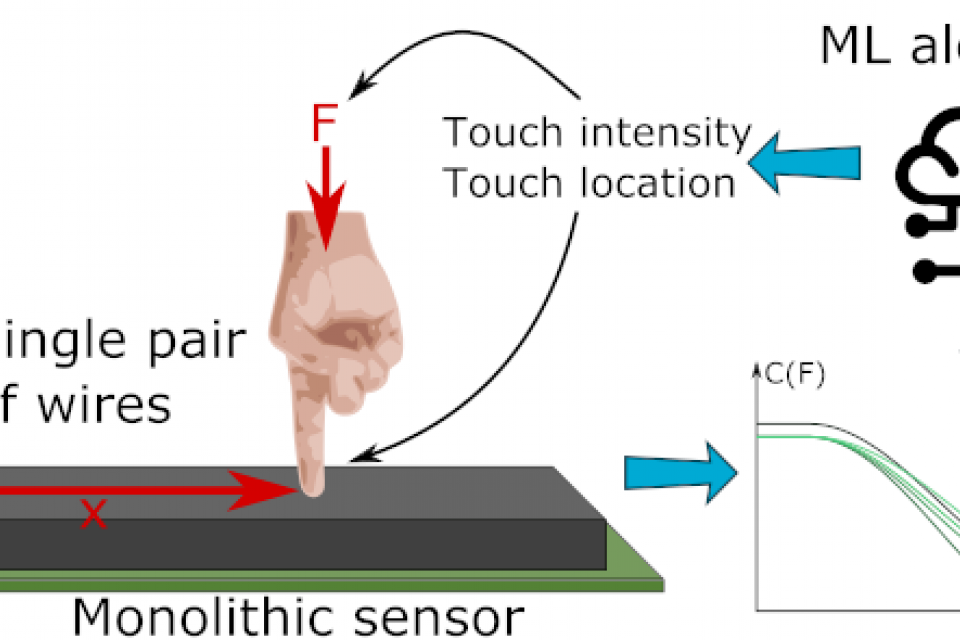Datasets
Standard Dataset
From single sensors to sensor arrays: Leveraging supervised machine learning to read multiple soft capacitive sensors with a single pair of wires
- Citation Author(s):
- Submitted by:
- Samuel Rosset
- Last updated:
- Tue, 06/20/2023 - 02:22
- DOI:
- 10.21227/pznp-vn19
- Data Format:
- License:
 203 Views
203 Views- Categories:
- Keywords:
Abstract
Sensor arrays are ubiquitous. They capture images in digital cameras, record the swipes of our fingers on the screens of our phones and tablets, or map pressure distribution over an area. Soft capacitive sensor arrays have been proposed to make electronic pressure-sensing skins capable of identifying the location and intensity of touch. However, large arrays of those sensors remain challenging to produce, as they require high-resolution patterning of electrodes and routing of long and thin electrical connections. These two tasks remain difficult or costly for the high-resistivity compliant electrodes of soft and stretchy capacitive sensors. Instead of relying on the complex patterning of arrays to provide location resolution, we use a plain, unstructured sensor with a single pair of electrodes and rely on computation to infer pressure location and amplitude from multifrequency sensing signals. We propose a machine-learning-based approach, which enables us to identify pressure location on a continuous 1D sensor split into 5 sensing zones with an accuracy greater than 97%. A regression algorithm calculates the force amplitude with a mean absolute error of 52%
Python code provided for regression loacation identification and regression force estimation.






